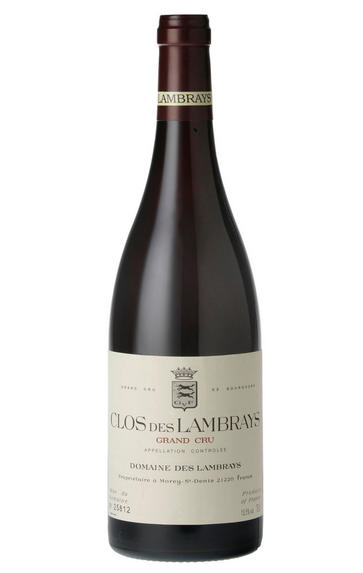
2005 Clos des Lambrays, Grand Cru, Domaine des Lambrays, Burgundy
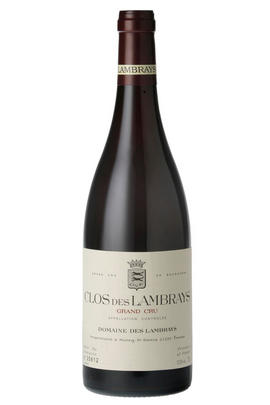
Critics reviews
Medium+ ruby-garnet. Very pretty floral and pure red berry aromas with notes of pomegranate, violets, milk chocolate truffles and a touch of sage. The elegantly fruited palate is still a little tight yet already gives a peek at future pleasures with just the right concentration of berry flavours balanced by crisp acidity and a medium level of finely-grained tannins. Long finish.
Lisa Perrotti-Brown MW, Wine Advocate (May 2009)
On the nose, it is still unformed but on the palate, there is real depth and potential – without too much tannin despite the vintage and rank. Extremely serious and dry (as opposed to sweet) but reverberant and suggestive of a very bright future. But even 2020 may be too early to open it to optimise enjoyment.
Drink 2020 - 2040
Jancis Robinson MW, JancisRobinson.com (March 2018)
Served from magnum, the 2005 Clos des Lambrays Grand Cru offers up a youthfully reserved bouquet of raspberries, cassis, creamy new oak and espresso roast. On the palate, the wine is beginning to unwind, as it's much less closed than it was when I last tasted it three years ago, displaying good concentration and depth at the core, a fine-grained tannic chassis and a long, generous finish. This ranks as the finest Clos des Lambrays between the 1970s and the 2010, and in a couple more years it will begin to drink in style.
Drink 2020 - 2040
William Kelley, Wine Advocate (December 2018)
A bottle of the 2005 Clos des Lambrays from a private cellar demonstrated Thierry Brouin's success with the warm conditions. He delivered a wine that shows power and elegance simultaneously, with a well-developed black cherry fruit character, an intriguing yet discreet earthy, savoury note, and a pleasant hint of liquorice spice at the end. The structure is still firm and dense. Although it is drinking well now, it should continue to improve with more time in the cellar.
Drink 2023 - 2065
Charles Curtis MW, Decanter.com (January 2015)
13.5% alcohol; 3.45 pH; 3.5 g/l acidity.
Medium red; the fullest color to this point. Knockout nose combines black raspberry, blueberry, liquorice, espresso, wild herbs and underbrush complemented by mocha and meat nuances. Wonderfully broad and rich on entry, then powerful and penetrating in the mid-palate, with its very ripe dark fruit, mocha and espresso flavours accented and enlivened by black pepper, crushed rock and dusty herbs. Not quite opulent or thick but densely packed.
Finishes classically dry and youthfully backward, spreading out to saturate the palate with a serious dusting of tannins. This wine's fruit is developing nicely but it would appear to have the backbone for a graceful evolution in bottle. In fact, the wine's tannic structure reminded me a bit of Cabernet.
Drink 2020 - 2035
Stephen Tanzer, Vinous.com (April 2019)
About this WINE
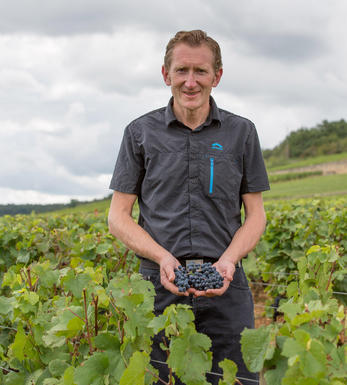
Domaine des Lambrays
Domaine des Lambrays was established in 1363 yet it was only in 1981 that this climat was finally promoted to Grand Cru. The estate was purchased in 1996 by the Freune family and since then dramatic changes have taken place, leading to an upsurge in quality. At 8.8 hectares, this is the largest Grand Cru parcel in Burgundy under one proprietor.
As well as the grand cru itself, the Domaine also owns vines in premier cru and village vineyards in Morey, and since 1993, two premier cru vineyards in Puligny Montrachet, les Folatières and Clos du Cailleret, purchased from Domaine Chartron.
Winemaker Jacques Devauges has been in charge since 1979. The vineyards are run on more or less organic lines, with no chemical anti-rot sprays, and ploughing of the soil by horse. In the cellar, he likes to use the majority of the stems, favours punching down over pumping over, and prefers to restrain the amount of new oak – around 50% for the grand cru. The produce of young vines is downgraded to Morey St Denis 1er cru where it joins the fruit of tiny holdings of La Riotte and Le Village. The village Morey comes from La Riotte, Clos Solon, Les Larreys and especially La Bidaude which lies just above the Clos des Lambrays.
Domaine des Lambrays produces wines which possess balance, power and finesse and which fully live up to their Grand Cru status.
Jasper Morris MW, Burgundy Wine Director and author of the award-winning Inside Burgundy comprehensive handbook.
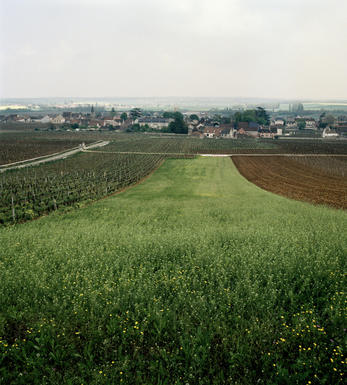
Morey-Saint-Denis
Morey is sometimes ignored between its two famous neighbours, Chambolle-Musigny and Gevrey-Chambertin, but its wines are of equal class, combining elegance and structure. Morey-St Denis, being that little bit less famous, can often provide excellent value.
The four main Grand Cru vineyards continue in a line from those of Gevrey-Chambertin, with Clos St Denis and Clos de la Roche the most widely available. Clos des Lambrays (almost) and Clos de Tart (entirely) are monopolies of the domains which bear the same names.
Domaine Dujac and Domaine Ponsot also make rare white wines in Morey-St Denis.
- 64 hectares of village Morey-St Denis
- 33 hectares of Premier Cru vineyards (20 in all). Best vineyards include Les Charmes, Les Millandes, Clos de la Bussière, Les Monts Luisants
- 40 hectares of Grand Cru vineyard. Clos de Tart, Clos des Lambrays, Clos de la Roche, Clos St Denis and a tiny part of Bonnes Mares
- Recommended Producers: Dujac, Ponsot, Clos de Tart, Domaine des Lambrays
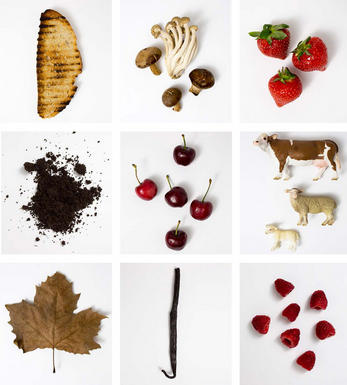
Pinot Noir
Pinot Noir is probably the most frustrating, and at times infuriating, wine grape in the world. However when it is successful, it can produce some of the most sublime wines known to man. This thin-skinned grape which grows in small, tight bunches performs well on well-drained, deepish limestone based subsoils as are found on Burgundy's Côte d'Or.
Pinot Noir is more susceptible than other varieties to over cropping - concentration and varietal character disappear rapidly if yields are excessive and yields as little as 25hl/ha are the norm for some climats of the Côte d`Or.
Because of the thinness of the skins, Pinot Noir wines are lighter in colour, body and tannins. However the best wines have grip, complexity and an intensity of fruit seldom found in wine from other grapes. Young Pinot Noir can smell almost sweet, redolent with freshly crushed raspberries, cherries and redcurrants. When mature, the best wines develop a sensuous, silky mouth feel with the fruit flavours deepening and gamey "sous-bois" nuances emerging.
The best examples are still found in Burgundy, although Pinot Noir`s key role in Champagne should not be forgotten. It is grown throughout the world with notable success in the Carneros and Russian River Valley districts of California, and the Martinborough and Central Otago regions of New Zealand.


Buying options
Add to wishlist
Description
Medium+ ruby-garnet. Very pretty floral and pure red berry aromas with notes of pomegranate, violets, milk chocolate truffles and a touch of sage. The elegantly fruited palate is still a little tight yet already gives a peek at future pleasures with just the right concentration of berry flavours balanced by crisp acidity and a medium level of finely-grained tannins. Long finish.
Lisa Perrotti-Brown MW, Wine Advocate (May 2009)
wine at a glance
Delivery and quality guarantee